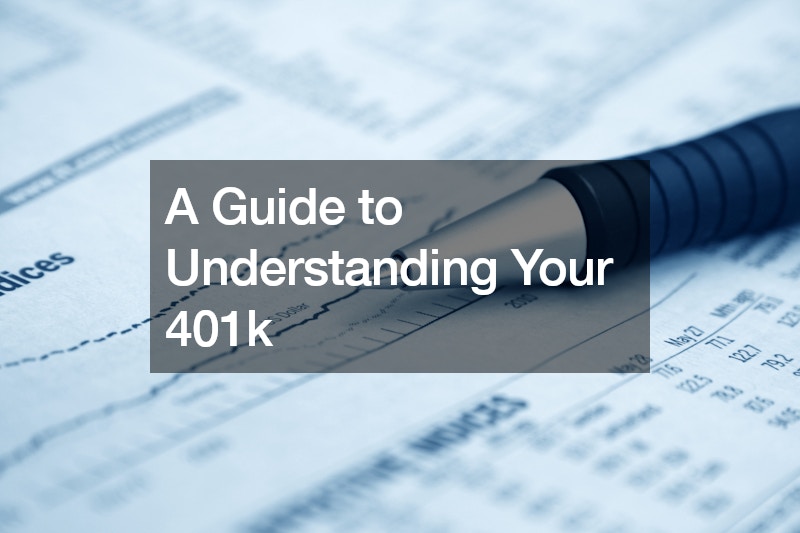
Understanding your 401(k) is essential for pilots to effectively plan for their retirement and secure their financial future. A 401(k) is a retirement savings plan offered by many employers, including commercial airlines, that allows employees to contribute a portion of their pre-tax income toward retirement savings. One key advantage of a 401k for pilots is the ability to benefit from tax-deferred growth, meaning that contributions and investment earnings are not taxed until withdrawn during retirement.
Pilots should familiarize themselves with the features and options available within their 401(k) plan, including contribution limits, investment options, and employer matching contributions.
Contribution limits may vary each year and pilots should strive to maximize their contributions to take full advantage of the tax benefits and build a substantial retirement nest egg over time.
Additionally, pilots should carefully consider their investment options within their 401(k) plan and create a diversified investment portfolio aligned with their risk tolerance and retirement goals. Monitoring and adjusting investments periodically can help pilots optimize their returns and mitigate risk over the long term. Another important aspect of understanding your 401(k) is knowing the rules and regulations governing withdrawals and distributions during retirement. Pilots should be aware of the age at which they can begin taking distributions without penalty, as well as any required minimum distribution requirements once they reach retirement age.
By understanding the ins and outs of their 401(k) plan, pilots can make informed decisions about their retirement savings strategy and take proactive steps toward achieving financial security in retirement.

